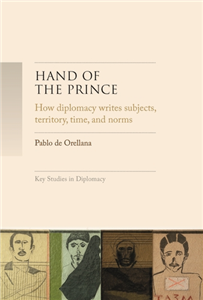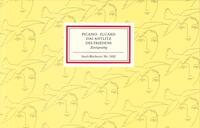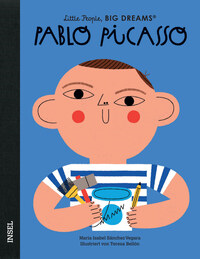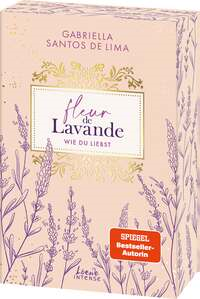Orell Füssli Verlag
Atlantis Atlantis picture books always display strong accents, both in terms of content and graphics. Particular attention is paid to individual style, for example „Die zweite Arche“ by Heinz Janisch und Hannes Binder. Despite innovative ideas and unusual illustrations, Atlantis picture books remain close to their audience. The works by the successful duo Lorenz Pauli and Kathrin Schärer regularly end up being bestsellers and inspire children, booksellers and critics alike. Globi Verlag The publishing house has been part of the Orell Füssli Verlag since 2007 and is run as an imprint. Under the name Globi Verlag the characters Globi, Papa Moll, Globine and Glöbeli are listed. This means that in particular the two most famous active Swiss children's book heroes are now under one roof. The publishing house produces between 12 - 18 books per year. In the NonBook sector, up to 20 novelties are produced each year either by the company itself or in cooperation with licensees.
View Rights Portal




























